Viv is a new era of personal assistants. Interview with Doug Kittlaus, creator of Siri
In May this year, a presentation of a new personal assistant , created on the basis of Siri (Apple's application, designed to answer questions posed and give various recommendations) took place. The new program was developed by the creators of Siri Dag Kittlaus (Dag Kittlaus) and Adam Cheyer (Adam Cheyer) and received the name Viv. The project is gaining momentum, positioning itself as a step into a new generation of personal assistants. In a recent interview, Doug Kittlaus revealed the features of the new project.
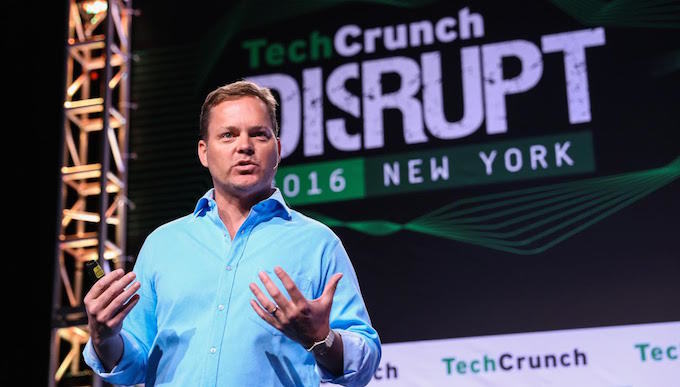
On the official website , Viv is presented as an artificial intelligence platform that allows developers to distribute their products through an intelligent conversational interface. What is the easiest way to interact with devices in the world? Viv learns the world, knows more what she was taught and self-educates every day. It seems nothing unusual for modern artificial intelligence, but only at first glance.
')
While Siri responds only to certain commands and does not remember what you just said to her, Viv is able to rely on information obtained from previous “conversations” and can satisfy extremely specific requests. So, for example, Viv can provide information about forecasts for the future and make payment transactions.
We present to your attention the interview taken by Popular Science with Dag Kittlaus at the Vienna Festival ( Pioneers Festival 2016 ).
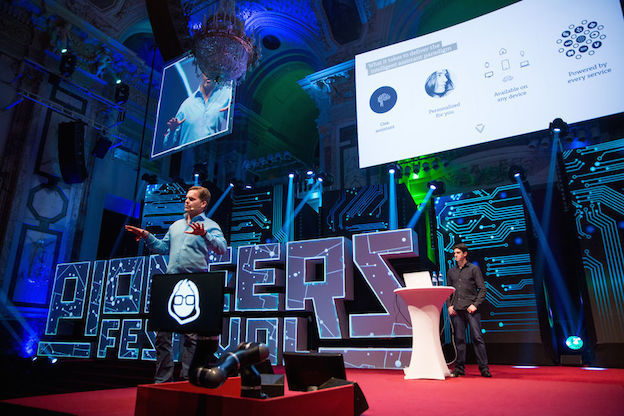
Dag Kittlaus talks about his new virtual personal assistant at the 2016 Vienna Pioneers Festival
Popular Science: You helped start Siri and you have a deep understanding of how most personal assistants work. How does Viv cope where others “give up”?
Doug Kittlaus: Today, each platform, like Viv, often has its own product manager, who finds out what the new functions should be. Then the developer of the codes - as a rule, very complicated ones - ensures the work of teams of the type “If someone asks about it, then do this.” The problem is that in this way you can not cover the whole world. Viv allows third-party developers to work with it (in essence, like Wikipedia) and use a set of fairly simple tools to create what they want. This helps the Viv to cover a whole variety of things that could be created by different specialists - from tens, thousands, tens of thousands of units to the most unpredictable number. Quite a big step forward, agree. Viv enables thousands of people from all over the world to teach her new things overnight.
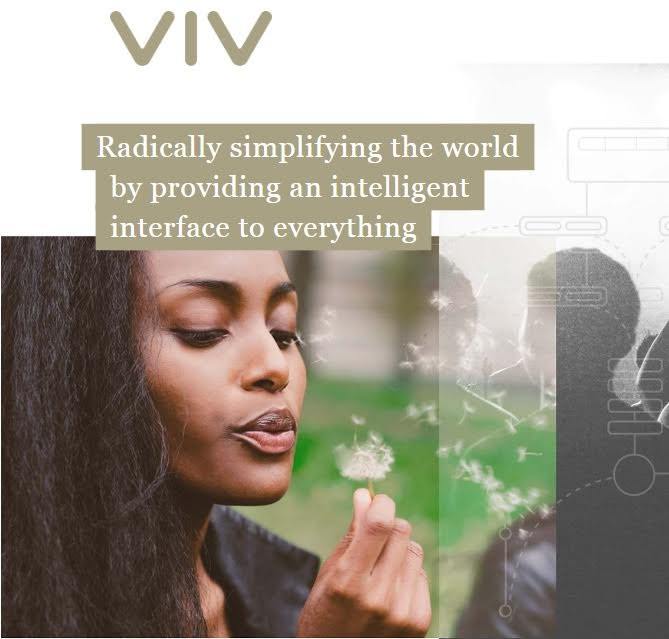
PS: You mentioned that the secret “sauce” in the Viv options is the ability to write your own commands yourself. In essence, this is a program that writes itself. How does this help her acquire the best practical knowledge?
DK: In each case, for a system like this, the individual developer must tell the machine what to do step by step. The main task is to first teach artificial intelligence something, and then train it to do it better and better. But you can not do this when there are tens of thousands of different services on the market. In particular, when many of them work together and in a way that you never thought about. One of our big leaps forward is that the Viv is able to recognize the user's intentions with the help of oral speech and immediately, dynamically write response commands. This ability, paired with a huge number of other services, can radically change the way a personal assistant is used, the frequency of requests for his help, and our dependence on it. This is a big deal.
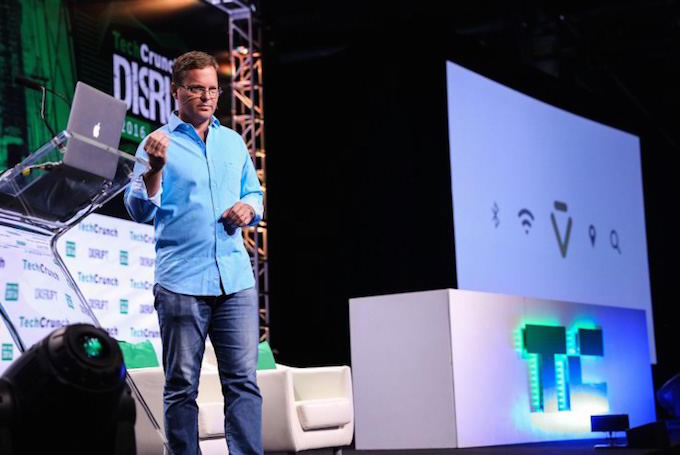
PS: Well, if this is your big advantage, then what is your big disadvantage? And how do you think, is it possible to overcome it?
DK: We have a two-sided market model here. We need a user base, and we need developers to create services. In addition, we compete with companies that already have a billion users. Also, a lot of people are already involved in the project, even before creating a large user base. Now it is important for us to get widespread and create an additional temptation for developers. Many of them have a huge number of ideas, as well as a vision of potential business models. We are connected, extremely connected with other interested parties.

PS: You said that you are making a custom version. For what?
DK: Yes, we create it. And although we hope that the Viv will be presented in a large number of places, we are also developing a user application that will work far beyond the limits of many other systems. The goal is to provide consumer benefits from day one. After which, we will just need to continue to focus on creating long-term incentives for developers. This is necessary in order to involve up to 100 million users who are already lining up.

PS: What does life look like that flows in a Viv-centric world?
DK: The interaction with everything in the world is greatly simplified. Last week I talked to a guy who is over 60. He asked me what I am doing now. I tried to explain to him the essence of the project, but he interrupted me and said: “Oh, all these technical things, I just don’t understand anything about it.” To which I replied: “The whole idea is that you no longer need to understand anything. All you need is just to talk to her. ”
Language for us is an innate, natural way of interaction. The more things you discuss, in situations that really make sense, the simpler these things become for interaction and for working with them. Those. what we are discussing now is a world where you can talk with anything, with any device thanks to your digital assistant who does everything.
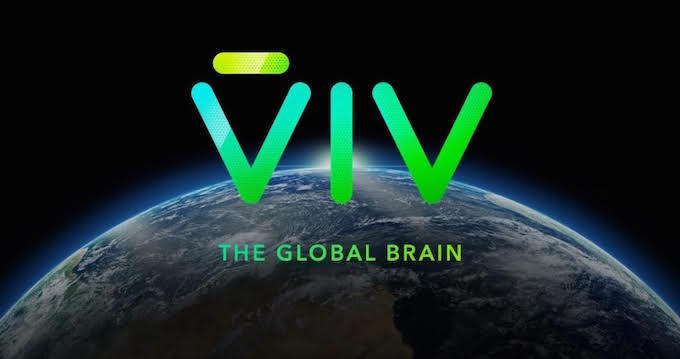
PS: What could I say in such an ideal world?
DK: Well, in general, all that makes sense. All that today involves a complex interaction. You will be talking to your car, many people are already doing it. In the US, we spend billions of hours a year in the car behind the wheel. Imagine that while sitting in your car you are doing Christmas shopping, giving your personal assistant instructions on a variety of gifts. Imagine how you can order food so that it arrives at your home in time for your arrival. You will also talk to your mirror as you prepare to go to work. There are ready-made displays that should appear in the near future. Together with Viv in your mirror, you could pull up the headlines of those topics that are interesting. You can view images in it. Well, you know, like, “Hey, buddy, higher up here is a bit. Zoom right there. ” I mean, who knows what else? In addition, Viv can be used in medicine. The space here is absolutely open.

PS: What are the most insane suggestions about the use of Viv have you ever heard?
DK: One guy told me today that the very first thing he wanted to do was to create an application that allows anyone to write natural language programs, i.e. without the need for any actual coding. This is quite far from implementation.
PS: Can the Viv ever become a real companion?
DK: Without a doubt. I think that having intelligent assistants - and hopefully Viv is the winner among them - will be so commonplace that our children will ask us how we could ever do without such. My child asks me how I went to college without a laptop. You will have your own assistant, so to speak, a personal digital “right hand”; and delegating to her the routine tasks of your life will be so commonplace that you cannot even imagine how you could do without it. This is a long term goal. With Viv, we are going to finish what we started.
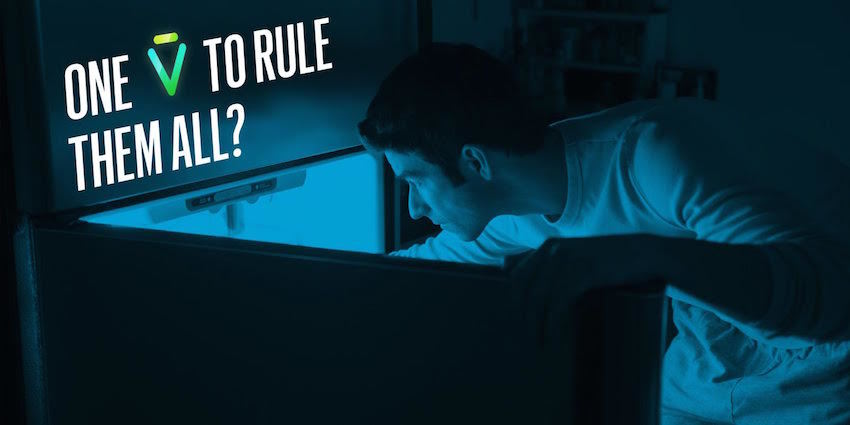

Who is she, this viv?
On the official website , Viv is presented as an artificial intelligence platform that allows developers to distribute their products through an intelligent conversational interface. What is the easiest way to interact with devices in the world? Viv learns the world, knows more what she was taught and self-educates every day. It seems nothing unusual for modern artificial intelligence, but only at first glance.
')
While Siri responds only to certain commands and does not remember what you just said to her, Viv is able to rely on information obtained from previous “conversations” and can satisfy extremely specific requests. So, for example, Viv can provide information about forecasts for the future and make payment transactions.
We present to your attention the interview taken by Popular Science with Dag Kittlaus at the Vienna Festival ( Pioneers Festival 2016 ).

Dag Kittlaus talks about his new virtual personal assistant at the 2016 Vienna Pioneers Festival
Popular Science: You helped start Siri and you have a deep understanding of how most personal assistants work. How does Viv cope where others “give up”?
Doug Kittlaus: Today, each platform, like Viv, often has its own product manager, who finds out what the new functions should be. Then the developer of the codes - as a rule, very complicated ones - ensures the work of teams of the type “If someone asks about it, then do this.” The problem is that in this way you can not cover the whole world. Viv allows third-party developers to work with it (in essence, like Wikipedia) and use a set of fairly simple tools to create what they want. This helps the Viv to cover a whole variety of things that could be created by different specialists - from tens, thousands, tens of thousands of units to the most unpredictable number. Quite a big step forward, agree. Viv enables thousands of people from all over the world to teach her new things overnight.

PS: You mentioned that the secret “sauce” in the Viv options is the ability to write your own commands yourself. In essence, this is a program that writes itself. How does this help her acquire the best practical knowledge?
DK: In each case, for a system like this, the individual developer must tell the machine what to do step by step. The main task is to first teach artificial intelligence something, and then train it to do it better and better. But you can not do this when there are tens of thousands of different services on the market. In particular, when many of them work together and in a way that you never thought about. One of our big leaps forward is that the Viv is able to recognize the user's intentions with the help of oral speech and immediately, dynamically write response commands. This ability, paired with a huge number of other services, can radically change the way a personal assistant is used, the frequency of requests for his help, and our dependence on it. This is a big deal.

PS: Well, if this is your big advantage, then what is your big disadvantage? And how do you think, is it possible to overcome it?
DK: We have a two-sided market model here. We need a user base, and we need developers to create services. In addition, we compete with companies that already have a billion users. Also, a lot of people are already involved in the project, even before creating a large user base. Now it is important for us to get widespread and create an additional temptation for developers. Many of them have a huge number of ideas, as well as a vision of potential business models. We are connected, extremely connected with other interested parties.

PS: You said that you are making a custom version. For what?
DK: Yes, we create it. And although we hope that the Viv will be presented in a large number of places, we are also developing a user application that will work far beyond the limits of many other systems. The goal is to provide consumer benefits from day one. After which, we will just need to continue to focus on creating long-term incentives for developers. This is necessary in order to involve up to 100 million users who are already lining up.

PS: What does life look like that flows in a Viv-centric world?
DK: The interaction with everything in the world is greatly simplified. Last week I talked to a guy who is over 60. He asked me what I am doing now. I tried to explain to him the essence of the project, but he interrupted me and said: “Oh, all these technical things, I just don’t understand anything about it.” To which I replied: “The whole idea is that you no longer need to understand anything. All you need is just to talk to her. ”
Language for us is an innate, natural way of interaction. The more things you discuss, in situations that really make sense, the simpler these things become for interaction and for working with them. Those. what we are discussing now is a world where you can talk with anything, with any device thanks to your digital assistant who does everything.

PS: What could I say in such an ideal world?
DK: Well, in general, all that makes sense. All that today involves a complex interaction. You will be talking to your car, many people are already doing it. In the US, we spend billions of hours a year in the car behind the wheel. Imagine that while sitting in your car you are doing Christmas shopping, giving your personal assistant instructions on a variety of gifts. Imagine how you can order food so that it arrives at your home in time for your arrival. You will also talk to your mirror as you prepare to go to work. There are ready-made displays that should appear in the near future. Together with Viv in your mirror, you could pull up the headlines of those topics that are interesting. You can view images in it. Well, you know, like, “Hey, buddy, higher up here is a bit. Zoom right there. ” I mean, who knows what else? In addition, Viv can be used in medicine. The space here is absolutely open.

PS: What are the most insane suggestions about the use of Viv have you ever heard?
DK: One guy told me today that the very first thing he wanted to do was to create an application that allows anyone to write natural language programs, i.e. without the need for any actual coding. This is quite far from implementation.
PS: Can the Viv ever become a real companion?
DK: Without a doubt. I think that having intelligent assistants - and hopefully Viv is the winner among them - will be so commonplace that our children will ask us how we could ever do without such. My child asks me how I went to college without a laptop. You will have your own assistant, so to speak, a personal digital “right hand”; and delegating to her the routine tasks of your life will be so commonplace that you cannot even imagine how you could do without it. This is a long term goal. With Viv, we are going to finish what we started.

Source: https://habr.com/ru/post/395555/
All Articles